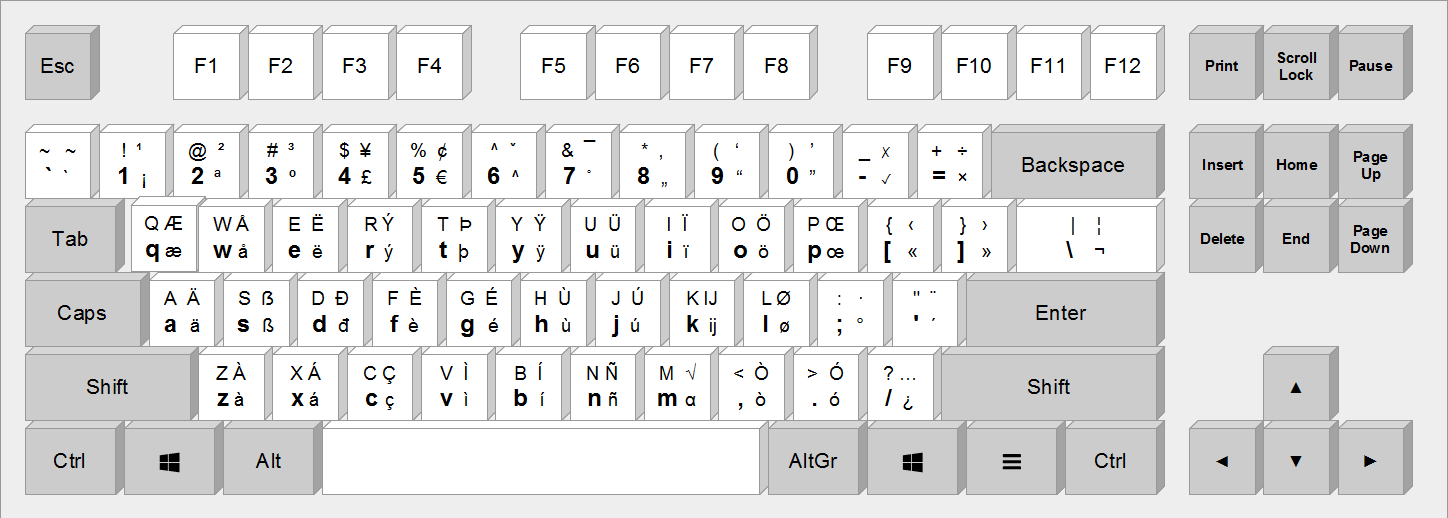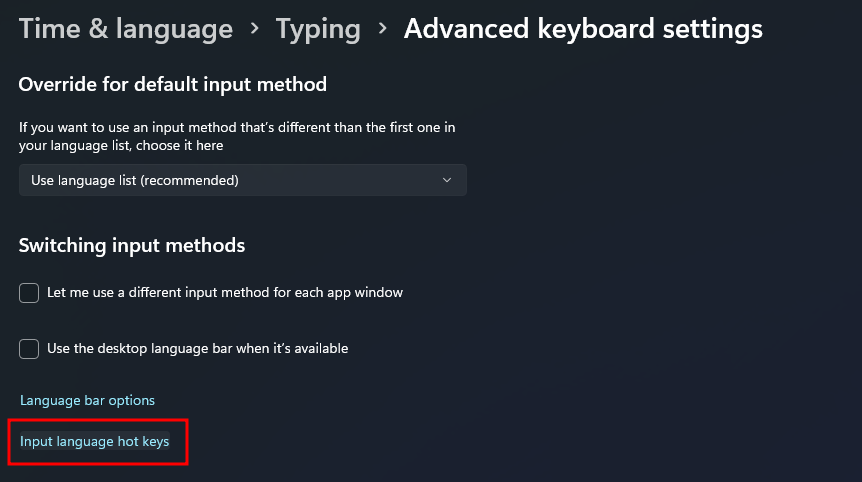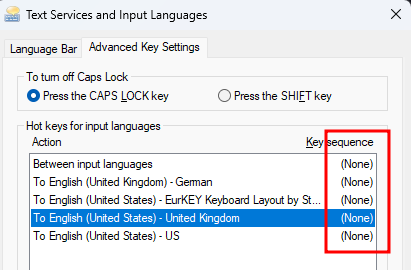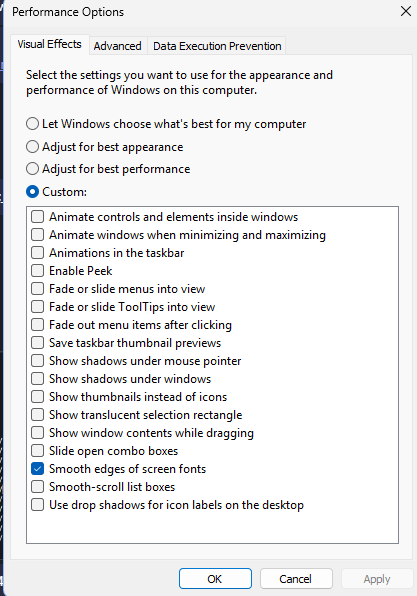windows-for-linux-and-macos-devs
Windows for Linux and MacOS devs
A hitchhiker’s guide for Linux or MacOS devs who need to use windows.
- Windows for Linux and MacOS devs
Going from MacOS or Linux to windows, why would you even do that? You might ask. Maybe you have to share a laptop with family members who have Windows installed? Would you really want to spend your energy convincing them that Linux is a much better option? Or convince them to buy a expensive Mac? Making the sweet promise that all their IT problems will be gone later on; they just needed a bit of help. A different thing would be if they have an old laptop that doesn’t get any mac updates or they have windows but this old machine became slower and slower because newer windows require a more powerful machine, in that case, yes install a Linux and tell them you just saved their laptop, no need to buy a new one.
Would you turn down an interesting job offer just because they use Windows? They do some cool stuff, but their clients are using Windows. What would you do? Convince the client mega-corporation to switch to Linux? Dump the offer and continue at your non-fulfilling job because they gave you a Mac?
Unless you are in a privileged position where you can choose the OS you develop on, chances are that you will have to touch other Operating Systems in the future too.
We have several options, never touch windows, one could throw away tools that don’t work on windows and learn different tools for each OS or you could throw away tools that are not cross-platform and learn tools that you can use on every OS.
If you use apps that work on multiple operating systems you won’t need to keep forgetting and relearning different tools that solve the same problem on each OS. In a way the OS becomes something like your graphics cards driver, you don’t care much about it as long as it does it’s job, even though not completely the OS starts getting out of the way.
Finding good resources is not easy, I did not come across many resources covering this topic, but the ones I found where mainly saying, use WSL and run the tools you are used to over there, e.g. tmux. I think WSL is amazing, but in my experience, it’s works great until you need to do native things and then you are again left naked in the middle of the blue ocean. At the end of the day in my opinion not very good advice.
Luckily Chris Patti & Ned Batchelder have some good advice on their pages.
- windows - Ned Batchelder
- windows papercuts for nix developers - Chris Patti
- Do you know a good resource? Click Improve this page at the bottom or create a pr.
This are notes I wished I found before I went through discovering what worked and what did not work so well on windows. E.g. using emacs on windows was a pain, git was extremely slow and I had to make a prayer every time I updated packages, things getting broken became the norm and on top of that I faced gpg errors during updates, maybe things changed now but moved on to something else.
A package manager
There are other package managers too but winget is from microsoft itself and you can get a lot of stuff from one command already.
winget install wez.wezterm Nushell.Nushell Dystroy.broot sysinternals BurntSushi.ripgrep.MSVC sharkdp.fd junegunn.fzf JesseDuffield.lazygit Git.Git GitHub.GitHubDesktop GitHub.GitLFS GitHub.cli Flameshot.Flameshot Python.Python.3.12 GoLang.Go Rustlang.Rustup OBSProject.OBSStudio Neovim.Neovim GIMP.GIMP vscode VideoLAN.VLC SumatraPDF.SumatraPDF glzr-io.glazewm
Looking for a package, use winget search or look winget-pkgs
Are you an European coder?
If you are non english native speaker you can use The Layout for Europeans,
Coders and Translators eurkey. It has
all the advantages of the US standard layout for programming while you still
have access to most western-european characters, e.g. çßàáäßæå can be written
with ease using AltGr. For other languages like Thai, Chineese, russian … I
don’t have any suggestions.

Throw away tools that are not cross-platform and learn tools that you can use on every OS
- Code editors: VSCode, nvim + kickstart and helix
- Terminal: Wezterm
- Shell: Nushell and PowerShell
- Git UI: Github Desktop, Lazygit
- Screen sharing: Flameshot, OBS Studio and Gimp,
Wezterm as of today to my knowledge the only
terminal with tmux like capabilities that works nicely across all major three
OS. Check Default Key
Assignments, ctrl +
shift + alt + " for vertical splits ctrl + shift + alt + % for horizontal
splits and ctrl + shift + z to zoom should be enough to get you started,
eventually you will probably want to define your own shortcuts, create new
sessions with ease (see
here),
all can be done with Lua within .wezterm.lua in your home folder.
I personally like alt + h j k l for moving between splits and alt + - and
alt + \ for vertical and horizontal splits (see
here).
Nushell is a cross platform shell with clearer error
messages with cues from bash and powershell, it also uses
coreutils internally, so many unix
utilities you know they are already available without having to install
something like cygwin.
Coming form bash is a good
place to start. If you like fzf search for change_dir_with_fzf in
here has a low
effort snippet to change directories effectively, I personally prefer
broot for that but just use whatever floats your
boat.
Flameshot is an easy to use tool to share screenshots explaining what’s going on, good for making bug reports and explaining things.
Windows specific stuff
Some stuff will be very windows specific but that’s ok, at the end of the day you are here using windows right?
Disable annoying default hotkeys
If you accidentally press Win + SPACE , ALT + SHIFT or CTRL + SHIFT
keyboard layouts and languages will change behind the scenes. This was never
what I wanted. Disable them and save you headaches.
Open

And remove all key sequences

Jumping between windows
Turn off animations
We don’t care about animations, we just need to switch between different windows often and we want to do it as fast as Windows the OS allows us to.
Press Windows+i to open settings, go to
Accessibility, select visual effects and toggle Animation effects
off.
Press Windows+r, type SystemPropertiesPerformance and in the performance
options window unselect everything except smooth edges for screen
font otherwise things look pretty ugly.

Window manager
i3 like window managers
As of today no cross platform window manager, but what can be “cross platformish” are the motions between certain window managers, there are some decent i3-compatible compositors. On windows | OS | Column2 | | ————– | ————— | | macos | aerospace | | windows | glazewm Whim | | linux | i3 sway |
This is actually good enough for me and might be good enough for you as well
In glazewm’s config.yaml replace alt with lalt this way you leave ralt
(right alt) free to use it in other apps’ shortcuts.
On windows if something gets wanky you can always stop glazewm with
alt+shift+p and reactivate it again with the same shortcut.
Other options
Windows+<Arrow-left/right> to move window to one side of the screen.
alt+tab has nice animations but when you do a lot of it, it can feel
annoyingly slow. Instead you can use alt+esc which will switch no next
windows without asking, that feels better, if you combine it with a remap of
Caps Lock to esc, isn’t that bad after all.
Good to install
If you install one thing only, install system-informer or process explorer. A better task manager, impressive, play around with it to see what it can do for you. Many things Sysinternals do, you can do it directly from system-informer.
Troubleshooting an issue?
Even if they are not the same sysinternals seems to be the closest thing for Instruments or dtrace on mac or strace, lsof and friends on Linux.
Not windows but for MacOS and Linux brendangregg is worth to read.
On linux:

| Linux | MacOS | Windows |
|---|---|---|
| strace | dtrace | procmon |
| TODO | TODO | TODO |
strace
For more low level stuff like dtrace or ebpf look at ebpf-for-windows.
Below a non exhaustive list of things you can do with it:
- Need a monitoring tool (something like
lsoforstrace)? procmon shows real-time file system, Registry and process/thread activity. When first having a look at an issue, this is a good tool to start with it. ProcMon-for-Linux exists too. - Need to generate process dumps when a process has a hung or crashes? Use procdump, it works on linux too ProcDump-for-Linux exists too.
- Need to monitor and log system activity across system reboots? sysmon. Sysmon-for-Linux exists too.
- See what files are open by which processes? Use
handle
handle -v | fzfto filter or do that in system-informer. - Programs configured to startup automatically? Use autoruns
- Having to do technical presentations or a demo? zoomit allows you to screen zoom, do annotations and so on.
Windbg
Install it winget install "windows driver kit" WinDbg
See [[./windbg.md]] for useful commands.